I love water kefir. Fruity, fizzy and slightly sweet, it adds a bit of variety to my largely water-dominated beverage choices.
If you haven’t tried water kefir before, I encourage you to do so! Making it requires a bit of time every two days but it’s an easy process that becomes complete routine after a little while.
Drinking water kefir is a great way to get more fermented foods into your diet. Like all raw fermented foods, water kefir is full of beneficial bacteria that are so essential to good health.
How to Find Water Kefir Grains
Water kefir is made with water kefir grains, symbiotic colonies of yeast and bacteria that consume sugar while producing good bacteria.
If you’ve never made water kefir before, you’ll first need to acquire some water kefir grains. The easiest, most inexpensive option is to get active grains from someone local. I’d recommend joining your local Weston A. Price Foundation chapter and asking whether anyone has any extra water kefir grains to share. Local real food Facebook groups are also good places to look.
If you can’t find any free grains, you can also purchase water kefir grains online. I recommend this brand of water kefir grains. I’ve purchased them a couple of times and have always had good success with them.
&
If you buy grains online, they will likely come dehydrated and you will need to follow the enclosed directions for rehydrating before you can use this recipe to make water kefir.
Equipment You Need to Make Your Own Water Kefir
In the picture above, you’ll notice that I’m using Fido jars with an anaerobic Pickl-it lid. We’ve found that using these jars for water kefir improves the flavor and fizziness. Before switching to the Fido jars, however, I used regular mason jars for several years without any major issues, so you can definitely just use mason jars if you don’t want to spring for Fido jars and a Pickl-it lid.
- Two 2 liter Fido jars OR two half-gallon mason jars
- 1 Pickl-it lid OR a cloth and rubber band to cover your jar
- 1 Fido jar lid OR a mason jar lid
- Wide mouth canning funnel
- Strainer that fits inside your canning funnel
Norpro Stainless Steel Wide-Mouth Funnel HIC Nylon Mesh Strainer, 7-Inch
HIC Nylon Mesh Strainer, 7-Inch
&
Ingredients
- 1/2 to 1 cup water kefir grains
- 1/2 cup organic sugar (I use evaporated cane juice but you could also use whole cane sugar)
- 5 to 20 drops of mineral drops (optional; proper amount depends on your water's mineral content--feel free to experiment!)
- Filtered water (preferably non-chlorinated but with a high mineral content)
Instructions
- Fill your choice of jar about three-quarters full of filtered water.
- Add your sugar and mineral drops. Stir vigorously until sugar completely dissolves.
- Add your kefir grains.
- Add extra water to your jar, filling until you have a couple of inches of headspace at the top.
- If you are using a Fido jar, cover jar with your Pickl-it lid, then fill your airlock with water and insert it into the lid. Close the metal clamp to seal your jar.
- If you are using a regular mason jar, cover your jar with a cloth or something similar to keep fruit flies out. Secure the cloth with a rubber band.
- Allow the water kefir to culture at room temperature for approximately 48 hours.
- At the end of the second day, strain out your water kefir grains by pouring the finished kefir through a strainer set inside a canning funnel and into a second Fido or mason jar.

- Start a new batch of water kefir with your grains and new sugar water. I reuse the same jar several times, but you can always start with clean jars if you’d like.
- Your finished water kefir is now ready to be flavored. (You can also drink it right away, without flavoring, if you prefer.) I like to add frozen fruit, typically strawberries, raspberries or boysenberries. I find two larger berries or four smaller berries works well. I also like adding one or two lemon halves to make lemon-flavored kefir.
- If you are using Fido jars, store your finished kefir with a regular Fido lid, kept tightly closed. If you are using regular mason jars, store it with a mason jar lid.
- Allow the water kefir to ferment with the fruit at room temperature for one to two days. If you leave the fruit in for two days, you can easily remember to remove it when making a new batch of kefir.
- After fermenting with the fruit your kefir is ready to drink! Store it on the counter or in the fridge.
Looking for more fermented foods recipes?
Be sure to check out my posts on how to make kefir, how to make Instant Pot yogurt, and how to make kombucha.
If you’re already a kombucha lover, you’ll also enjoy my recipes for strawberry kombucha, raspberry kombucha, and strawberry lemon kombucha!
STANDARD FTC DISCLOSURE: In order for me to support my blogging activities, I may receive monetary compensation or other types of remuneration for my endorsement, recommendation, testimonial and/or link to any products or services from this blog. Please note, I only ever endorse products that are in alignment with Whole Natural Life’s ideals and I believe would be of value to my readers. Please also note that Whole Natural Life is a participant in the Amazon Services LLC Associates Program, an affiliate advertising program designed to provide a means for sites to earn advertising fees by advertising and linking to amazon.com.


 Save Recipe
Save Recipe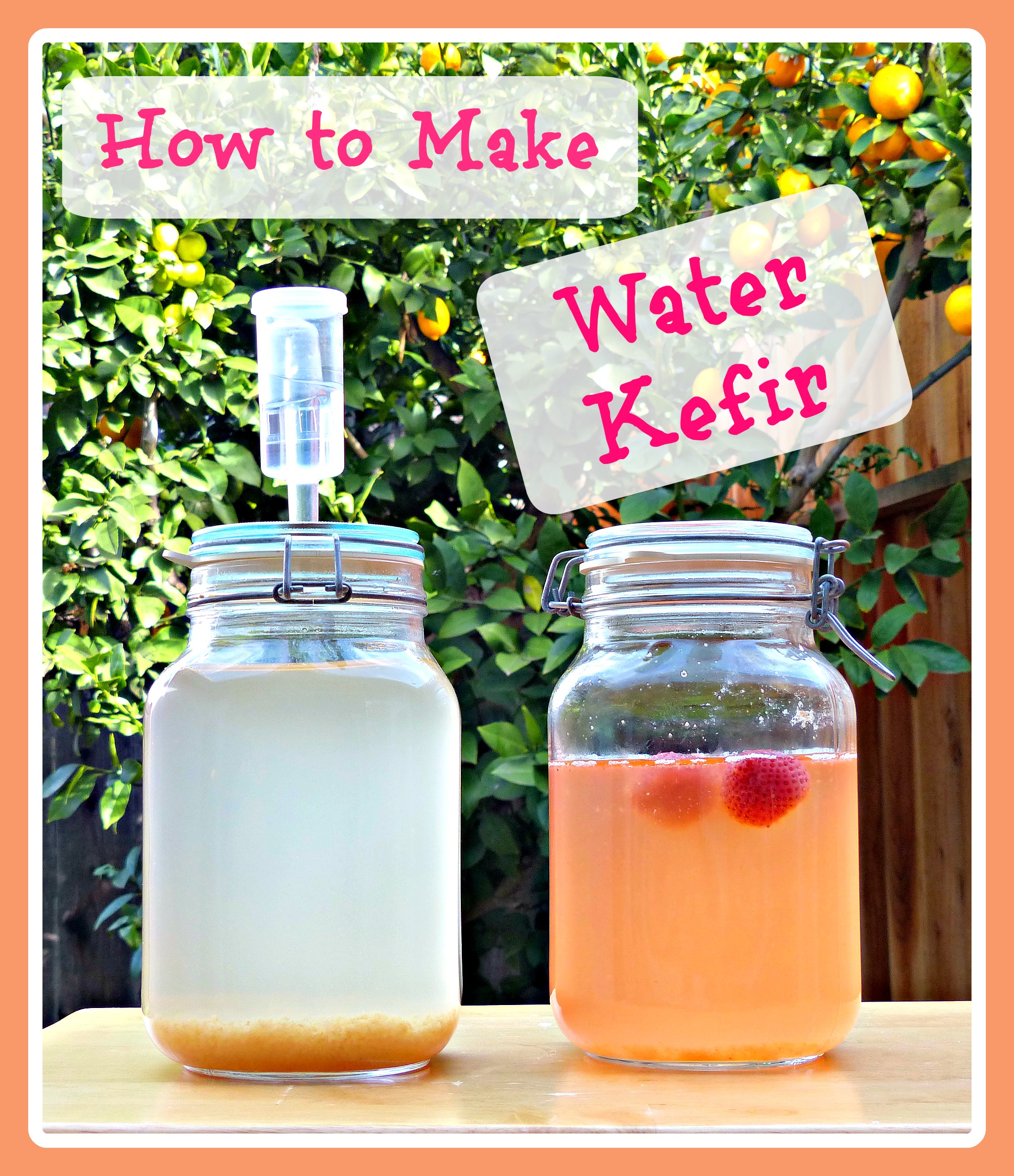
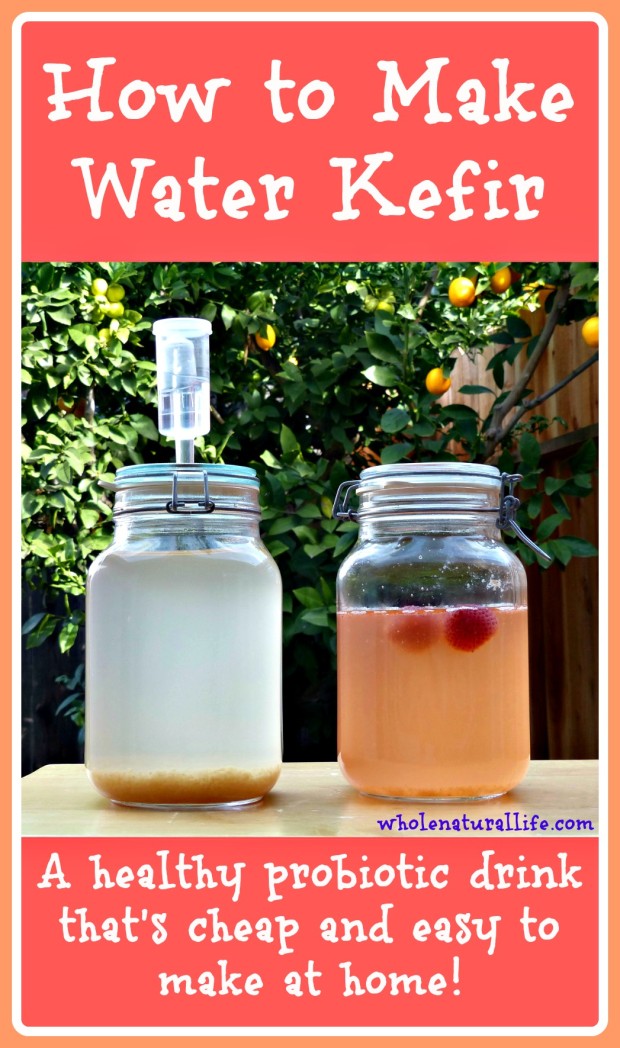
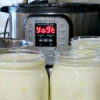
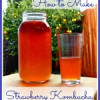
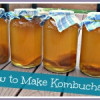
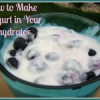
24 Responses to How to Make Water Kefir